HAZARD: Hostile or closed environments, including small spacecraft and habitats
Keeping the crew alive and thriving during the flight is only the first part of the challenge. When humans land on Mars, they will disembark to find a cold, rocky landscape rife with dust storms and radiation from outer space, knowing that this is the place they will call home for months or even years to come.
Such isolation and self-reliance have been common challenges in voyages throughout most of human history. Explorer Ernest Shackleton wrote that his ill-fated trip across Antarctica that began in 1914 was full of “high adventure, strenuous days, lonely nights, unique experiences and, above all, records of unflinching determination, supreme loyalty and generous self-sacrifice.”
But in our hyperconnected, constructed world, it can be difficult to imagine such a dangerous, remote existence, or how such a landscape would affect the very team meant to study it.

A depiction of the envisioned 3D-printing process to form the habitat’s protective shell. Credit: Martian 3Design by Northwestern Team
That’s what Mars analog missions are for. Brian Shiro ’00, an aspiring astronaut, has been a pseudo-Martian several times, including at the Flashline Mars Arctic Research Station on Canada’s Devon Island, the Mars Desert Research Station in Utah and the NASA-funded Hawaii Space Exploration Analog and Simulation (HI-SEAS).
At these analog sites, the crew lives and works under constraints similar to those they would face on Mars. Days are filled with performing extravehicular activities, running research projects, writing research reports to mission support, and doing chores such as habitat maintenance and cooking meals. The rules are strict: No going outside without wearing a spacesuit, no real-time communication with Earth, no browsing the internet, no more than five minutes of shower time per week. And anything that breaks must be fixed with available tools and materials.
Shiro, a geologist who studied volcanoes in Hawaii for his doctorate, was co-investigator from 2013 to 2018 at the HI-SEAS site, where he trained crews to navigate rocky landscapes in their spacesuits and collect geological data. He also studied the effects of isolation on teamwork and crew performance in harsh environments.
Shiro applied to be an astronaut multiple times and was among a group of highly qualified top applicants. Though he was not selected, he still holds out hope for private space travel.
Living on Mars, he says, “the goal would be to keep everyone alive and working well together, to make sure crews stay sane, happy and healthy.”
But to create a livable community on Mars, astronauts would need shelter — ideally one that was ready for them when they landed. NASA has said that it could send 3D-printing robots to Mars to build shelters in advance of human arrival, but what materials they would use remains an open question.
“You cannot ship cement bags from Home Depot to Mars,” says Gianluca Cusatis, professor of civil and environmental engineering at McCormick.
Several years ago, Cusatis and his graduate student Matthew Troemner developed an answer to the Mars construction problem: Marscrete, a concrete made from a Martian soil simulant and sulfur, which is abundant on the planet.
Marscrete was a success: It is two to three times stronger than Earth-based sulfur concrete, and it reacts with the metals in the Martian soil, making the material as strong as the concrete used to build skyscrapers on Earth (typically made of gravel, cement and water). That’s important, because the planet faces several meteorological and astronomical hazards, from dust storms to radiation to meteor strikes.

A Northwestern team’s Martian habitat design for NASA’s 3D-Printed Habitat Challenge. Credit: Martian 3Design by Northwestern Team
In 2018, Troemner, Cusatis and other team members put Marscrete to the test when they designed a Martian habitat as an entry into NASA’s 3D-Printed Habitat Challenge. The igloo-like structure includes a lab, kitchen, bathroom and private bedrooms and takes into account Martian gravity and the planet’s shifting sand dunes.
They knew they had a strong enough design to withstand the climate, but to make the design human-friendly, they consulted with professors from across the University. Turek, an expert on circadian rhythms, suggested a design that would help maintain astronauts’ sleep-wake cycles during a Martian solar day, which is 24 hours and 39 minutes. That led the team to include hue-changing lights that shine cooler colors during the day and more reddish tones in the evening. They also included monitors that showed a video feed of the area outside — a pseudo-window to the Martian day.
The design won fifth place in the Level 1 Virtual Design Challenge. The next step was to build the shelter. To do so, they designed a 3D printer and created a specialized 3D-printing facility on campus capable of printing Marscrete.
Though they did not advance in the NASA challenge, the team plans to use the facility for concrete research, both with sulfur and other earthly materials. “There’s a lot of interest in large-scale 3D printing of concrete,” Troemner says. “It opens the door to new kinds of concrete structures.”

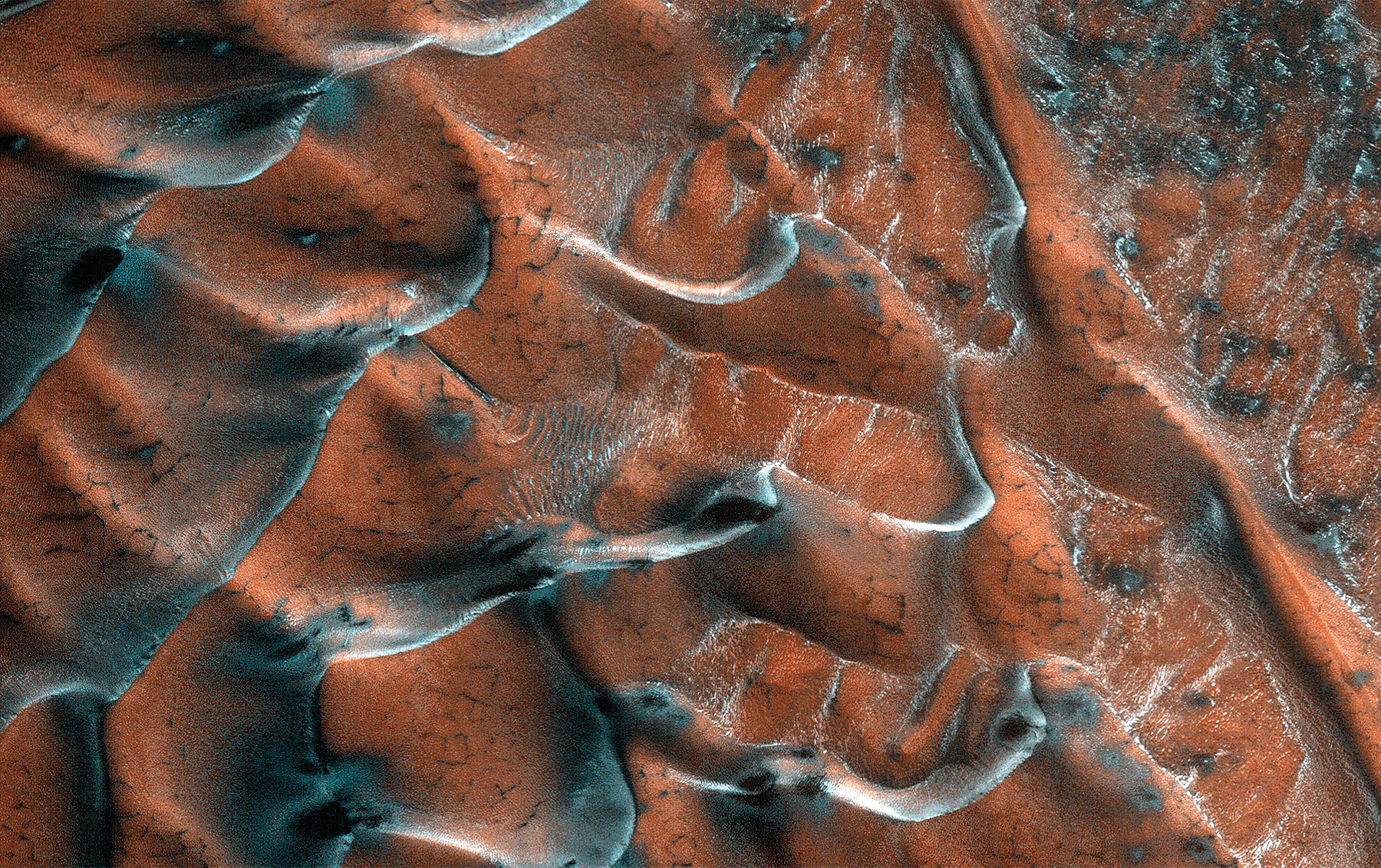
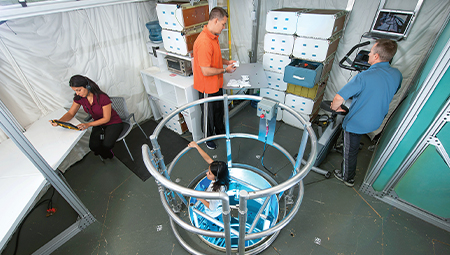



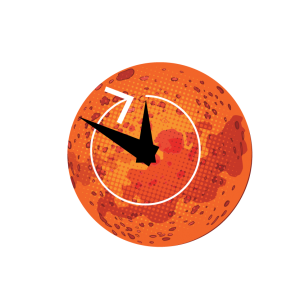 Day length: 24 hours, 39 minutes for one solar day
Day length: 24 hours, 39 minutes for one solar day Year length: 687 Earth days
Year length: 687 Earth days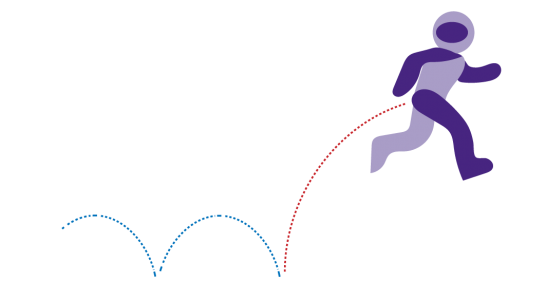



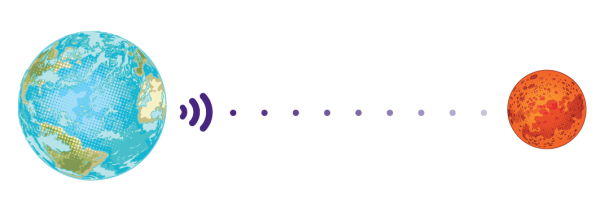
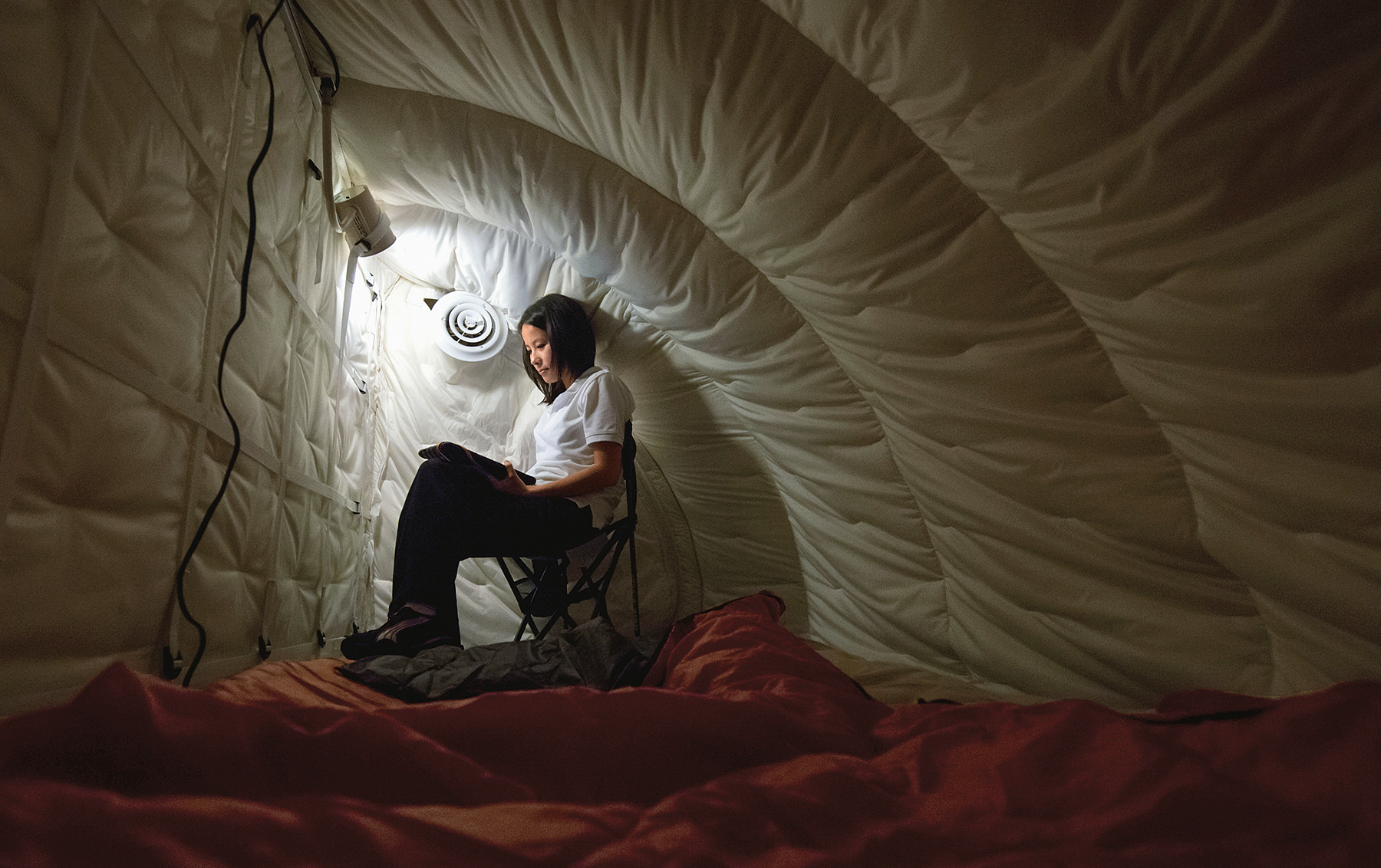



Reader Responses
This is an impressive and informative article that addresses some of the challenges of a manned mission to Mars. However, it leaves unanswered the question about this endeavor that I have come regard as the quintessential understanding about this project — why? Why would we want to spend a trillion dollars and very possibly $2 trillion to visit a planet that is deadly in so many ways and has nothing of value on it? It is an irradiated planet with practically no atmosphere but yet just enough to cause deadly storms that appear in an instant.
Is the answer as to "why" to be found in the contracts that would need to be created with private industry to build the hardware to sustain life in space and on Mars? I read an article a number of years ago that suggested the name of the first space ship to Mars with people should be the "USS Pointless". There is no reason to expend resources to take people to Mars. Our destiny is on this planet with one atmosphere and 1G (gravity) where we evolved. We should take better care of our only home.
—Robert Jacobsen '77, Los Angeles, via Northwestern Magazine
Absolutely a superb article. Have they considered the possibility of using A.I. robots programmed for the initial set ups and possible other duties on Mars as said? Just curious.
—Robert Hellen Sr. Carson City, Nev.
Thanks for this informative article about the physical and psychological challenges of long-distance space travel. As an informal educator at a science museum where we engage guests to discuss the challenges of living on another planet, I found this article especially helpful!
—Chris Rademacher '96 MBA, Chicago
Very fascinating article. Learned a lot. I had never heard of 3-D printing of concrete before.
—Janet Schoendorf '69, Nosara, Costa Rica, via Northwestern Magazine
Very interesting and informative. I definitely found this to be an article I wanted to read in its entirety.
—Jim Keiser '66, Oak Ridge, Tenn., via Northwestern Magazine
No one has commented on this page yet.
Submit a Response